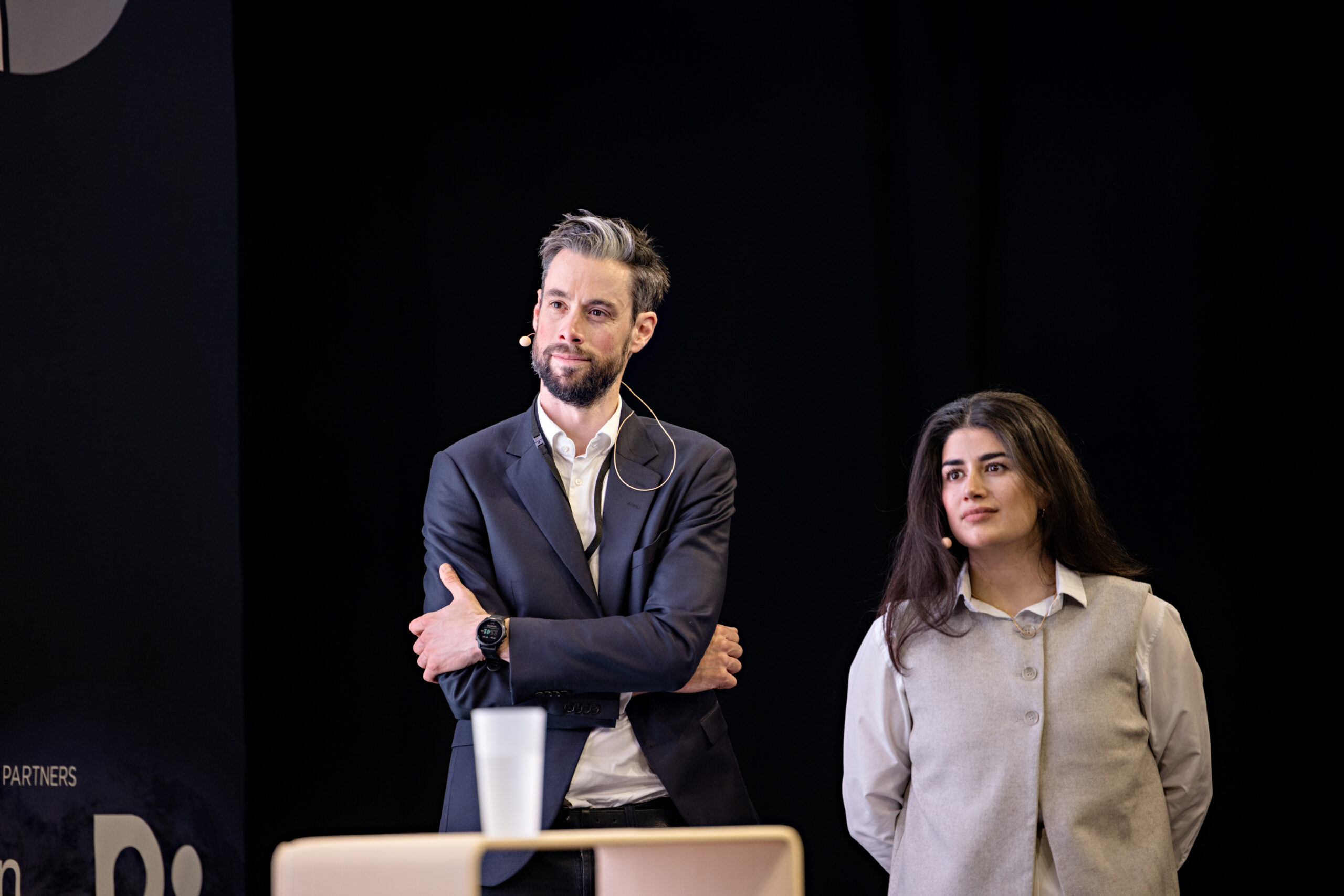
Despite years of commitments, global circularity rates are declining, and many companies are walking back on their net-zero targets. Technological innovation is advancing, and policy pressure is mounting, yet circularity remains stuck in pilot projects and scattered initiatives.
The problem isn’t a lack of solutions, it’s that we’re approaching the challenge from the wrong starting point. To change course, we need to shift how we think about circularity: Product design, material flows, and clean production are essential, but cannot scale without first solving the human and financial barriers that precede them.
If we’re to stay within planetary boundaries, resource productivity must increase by at least 5% per year (Stoknes & Rockström, 2018).
Achieving that will require a business community that’s not only more resilient and competitive, but also future-fit. Like Arthur’s sword in the stone, unlocking this depends on having the right organisational qualities in place.
This article is based on the keynote delivered by Managing Partner Sven Beyersdorff and Senior Consultant and Associate Team Lead Minna Shukri at LOOP Forum, April 2025.

We’re tackling the wrong barriers first
Today, most companies channel the bulk of their circularity efforts into technical solutions, while investing far less in the internal mandate or financial model needed to support them. It’s like setting a goal to reach the moon, then asking your team to build a rocket, without providing the parts, the funding, or the leadership to guide the way.
At its core, circularity is a transformation challenge. Progress depends on addressing three interconnected barriers: the technical, the financial, and the human.
- Human: Circularity depends on leadership attention, organisational readiness, and internal buy-in
- Financial: Without long-term investments, circular initiatives won’t scale. Companies need to identify where circular products can win in the market, and expanding them over time
- Technical: With the human and financial foundations in place, technical innovation can deliver real competitive advantage
What’s at stake
Scaling circularity is often framed around doing less harm, but it’s also about staying competetive in the global economy.
Circular models are increasingly being recognised as a driver of supply chain resilience, resource independence, and long-term value creation. This is also reflected in EU policy, from the Ecodesign for Sustainable Products Regulation to the Critical Raw Materials Act and the Clean Industrial Deal.
“The circular economy is part of the answer to decarbonise and create a competitive EU. The political guidelines call for a more circular and resilient economy…”
Other regions are moving fast. China’s industrial model, for instance, is actively subsidising circular innovation, giving its companies a growing advantage in clean production and renewable energy. If Europe is to compete, we must rethink how we fund and prioritise circularity.
Looking ahead
When combined, these three dimensions – human, financial, and technical, can move circularity from ambition to action, and from isolated efforts to systemic change. Sustainability is now more recognised as a strategic lever for reducing long-term financial risks, and the financial opportunities tied to circularity are becoming increasingly clear. At the same time, there is mounting evidence that renewable energy systems can scale, and that cleaner products and production processes are within reach. So circularity is scalable, the challenge now is ensuring it happens.
If your company is looking to begin its decarbonisation journey but isn’t sure where to start, Nordic Sustainability can help. Reach out to our Climate lead Ole Høy Jakobsen to get started.




